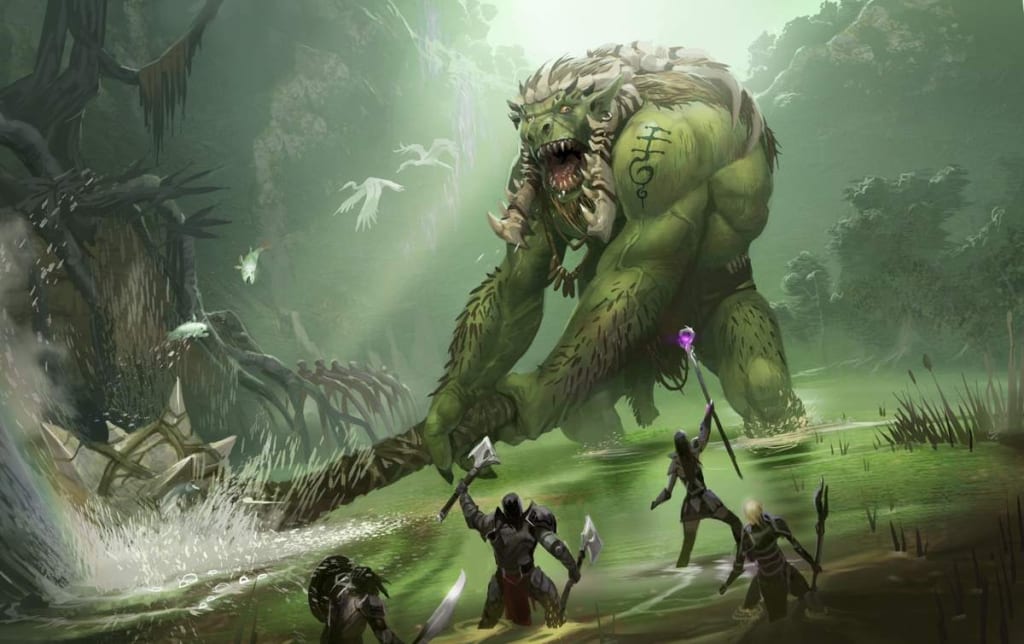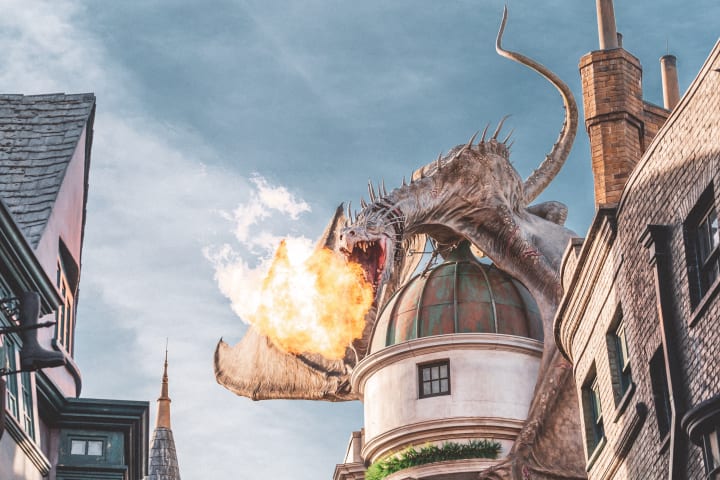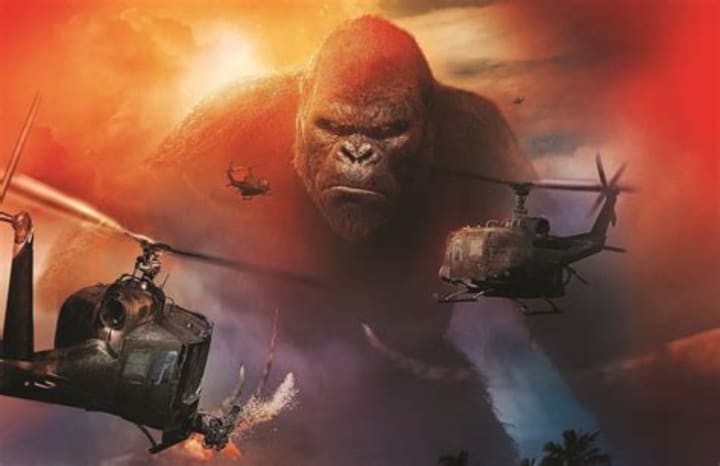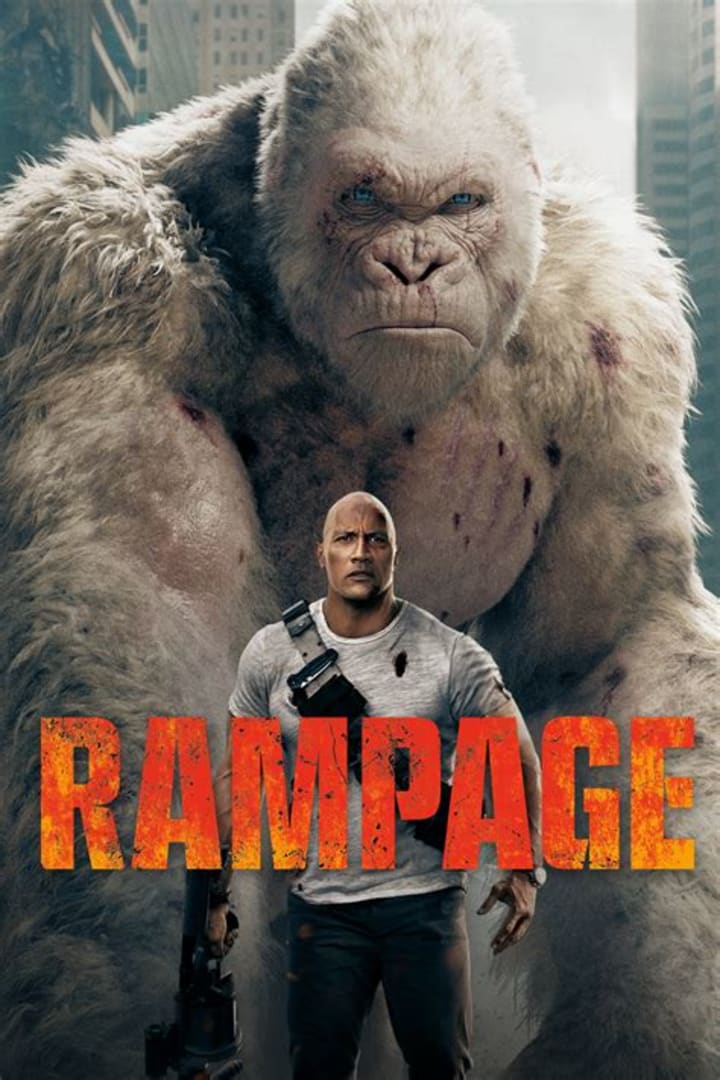The worldbuildingseries: Creating the creature
A Weird Writer Production

Hello there and welcome to the worldbuilding-series.
Many of you who clicked on this article must have this one simple question in their head: 'How do writers create worlds? How does a Dungeon Master make those up? What is the secret behind worldbuilding?
Today we'll talk about a small fraction of worldbuilding: The creatures.
I decided to use the term creatures, because the tips that I want to share with you, can you use for animals, monsters and paranormal stuff. These can definitely be used in fantasy, sci-fi and horror.
After five years of writing experience, creating a creature is a peace of cake. But for others, it's a mystery. They want to be original. Their creature needs to be terrifying or the way that the reader sees it, does not reach their expectations.
Let's dig in. For this article I decided to use the fantasy-genre.
The biggest mistake
It happens over and over by new writers and is a common mistake. You have an idea and want to transform it into a story. You decided to write fantasy and just as ninety percent of all the fantasy writers, you place your novel in a medieval time.
Your hero must defeat a creature, so you decided to put one of the most iconic creatures on paper.

The dragon. A majestic animal/creature/monster (depends on the perspective of your story) and is one of the most respected fantasy-elements across the globe.
I get it, they are cool, majestic and they can breathe fire.
And that's the problem.
Why dragons?
Dragons are great, but (my opinion) is overhyped. When I do some proofreading and I find this creature in particular back, I always ask the same question in the headlines.
Why dragons?
Their response is often something like this:
'I love dragons.'
Writing stuff that you like, is important. Point for the writer.
'They are popular.'
Hell yeah, they are popular. And that's the problem. Since Game of Thrones brought the dragons back to the big screen, they are indeed popular. But if you think that people will read your book because there is a dragon in it, then I need to dissapoint you.
The reasons why the dragons in GoT is popular, is because of their meaning.
Spoilerwarning for those who hasn't seen Game of Thrones!

Yes, those dragons are powerful and are feared in whole of Westeros. But what makes them interesting, is the fact that it's not just an animal.
They were a symbol.
It was a weapon in the hands of the Targaryens. Once the family was pushed of the throne, the dragons got extinct.
When Deanerys Targaryen decided to conquer Westeros as her ancestors did, the dragons got reborn.

The more influence she gained in Westeros, the bigger they became.

We might not be aware of it, but literature is full of symbolism. If George R.R. Martin had used fish instead of dragons, believe me, I would have some fishbanners at home.
Purpose
Symbolism is a big deal, but does it always need to be concluded? The answer is simple: no. But every creature has its place in the world.
Think about it. Would we be interested in dragons if they were just some lizards that can fly and breath fire? No.
So what makes them interesting? Their purpose.

Readers aren’t interested in the dragon itself. Symbolism is one, but purpose is the second one.
Creatures aren't juwelry. They have a purpose. They might help your protagonist by being their traffic vehicle or they might be an obstacle because they're trying to eat your protagonist.
Whatever the reason is, give them a reason to be there. Give them a reason to exist. Give them purpose.
Does every single creature needs to be rare? No.
In my own novel, the Iron Legion uses salamanders instead of warhorses. They are strong, can endure long travels and are quit, but they are difficult to tame.
Your creatures needs to be more than just a 'fantasy-look'. It will be categorized in the fantasy-section, but when you put a creature in it just so you can call it fantasy, then it's going to be a bad interpretation of fantasy. Do your homework.
It's uttermost important that you give them more than how they look like. What is their place in the foodchain? What do they hate? Where do they live? Are they dangerous and why are they dangerous? What's their weakness? Are they smart? Can they talk? How do they walk?
Give your reader more. Dare to think.
So if your creature is just a beautiful addiction, a juwelry to your world, remove it.
If it doesn't has a reason to be there, remove it.
Readers aren't stupid. They are the biggest critics you can find. And maybe they can't put the finger to it, but when you write one-dimensional, you write poorly. The reader put time and effort in reading your story. Make it worth it.
Do I need to remove everything when I can't explain it?
No. Sometimes it takes time and practice. Especially in your first draft. I do not expect from a writer that he exactly can tell how his creature has been build by magic or how it survives on a waterplanet. That's why it's a first draft. But the further you go, the more you need to know.
Everything is there for a reason. There is no such thing as a coincidence. The world is a part of your story and the story is a part of that world. Even in reality. We can’t survive without animals. So why does your creature live?
If you can’t blend your creature into the story, then you’ve got a problem.
Worldbuilding is like a puzzle. It takes time.
Creating an original creature
Okay, we get it now. Symbolism, purpose. But if I don't want to write about dragons, then how do I need to be original? Is it even possible?
Yes and no. How weird it might sound, we keep finding patterns into stories over and over. From the ancient Greece until the modern days. That's an article for an other day. But let me tell you one secret (don't freak out).
I don't believe in originality, but I believe in meaning. Let's go back to the dragons.
I needed a mighty creature for my own story (the Shadow of Valhem). I won't lie. In my first draft I was thinking about dragons to. But then I started criticize the dragon. Why dragons? They are epic, powerful and wise.
Do I know anything else with those similarities?
I started to look at random animal pictures and then I found it. My own orginal creature.

Laugh with it if you want, but gorilla's are epic animals. They have a powerful look and look wise. So I gave it a fantasy twist. They got white fur, tusks and purple runes on their fur. They are also huge and unfortunately extinct.
Yes, you have this guy.

Yes, I heard about this one too (and he has white fur).

Yes, the Flash has a talking gorilla as an enemy.

But again: I don’t believe in orginality, but in meaning.
Why gorilla’s? I decide not to spoil anything, because it’s a massive plotline in my story. You will need to wait to know that answer (or check the link in my bio if my book is already published).
Practice
How cliché it might sound: creating a good creature takes practice and time.
Read books, write about different kinds of animals, watch some movies or consider video games as homework. Try to find patterns. What makes them unique? Make a foodchain of your fantasy-creatures.
Find an answer to your inner critic and answer on the why. Because if you can’t satisfy yourself, you won’t be able to satisfy a reader
Look at your old work and compete it with your most recent one. You’ll find progress.
Hopefully you enjoyed this article.
Keep writing
-Ewout-
Reminder: There is no such thing as a Golden Rule in writing! This is my approach of storytelling, so consider reading other people their articles, ideas and thoughts as well.
About the Creator
Ewout Stouffs
Hello ,
You might know me already by my YT- channel (the Goofy Writer) .
With this blog I review the culture of different bookgenres, give tips and tricks about writing your own stories and I will share you my view on the writing industry.






Comments
There are no comments for this story
Be the first to respond and start the conversation.